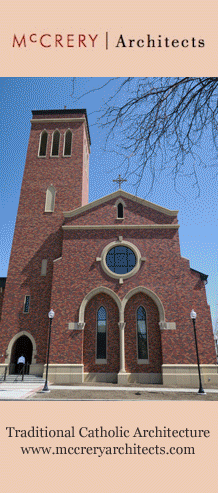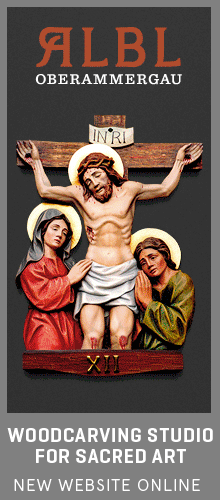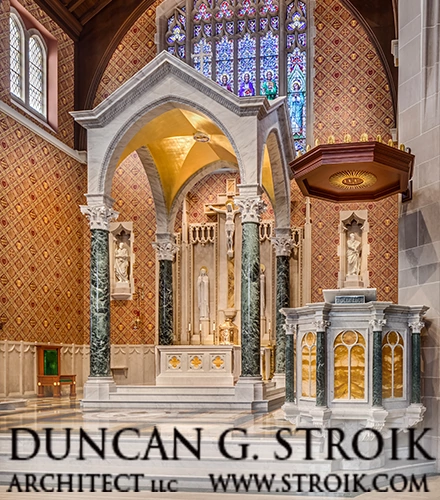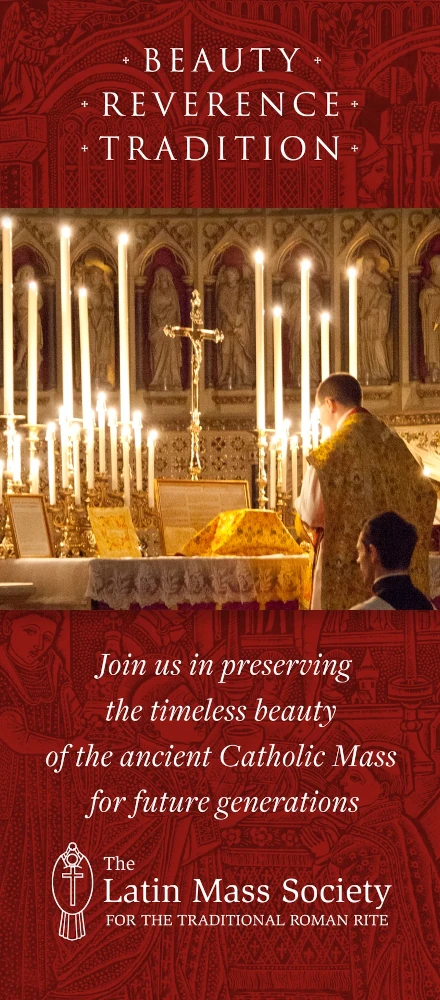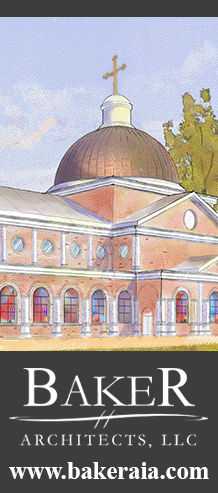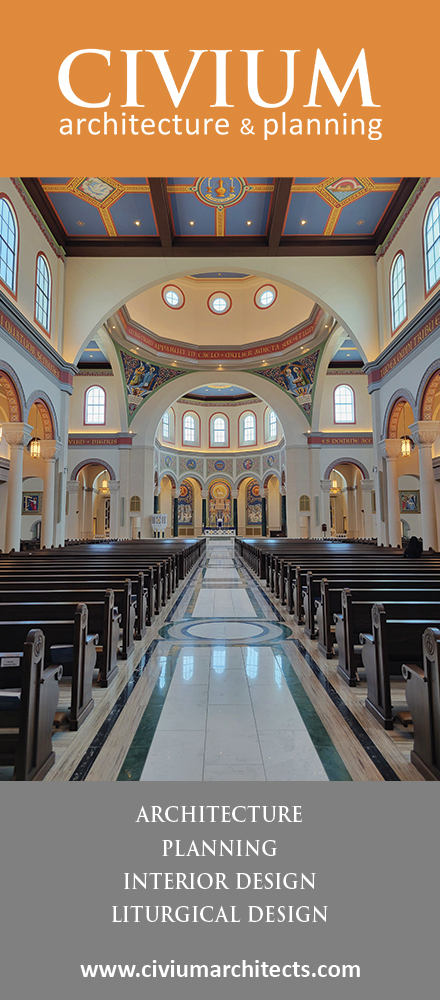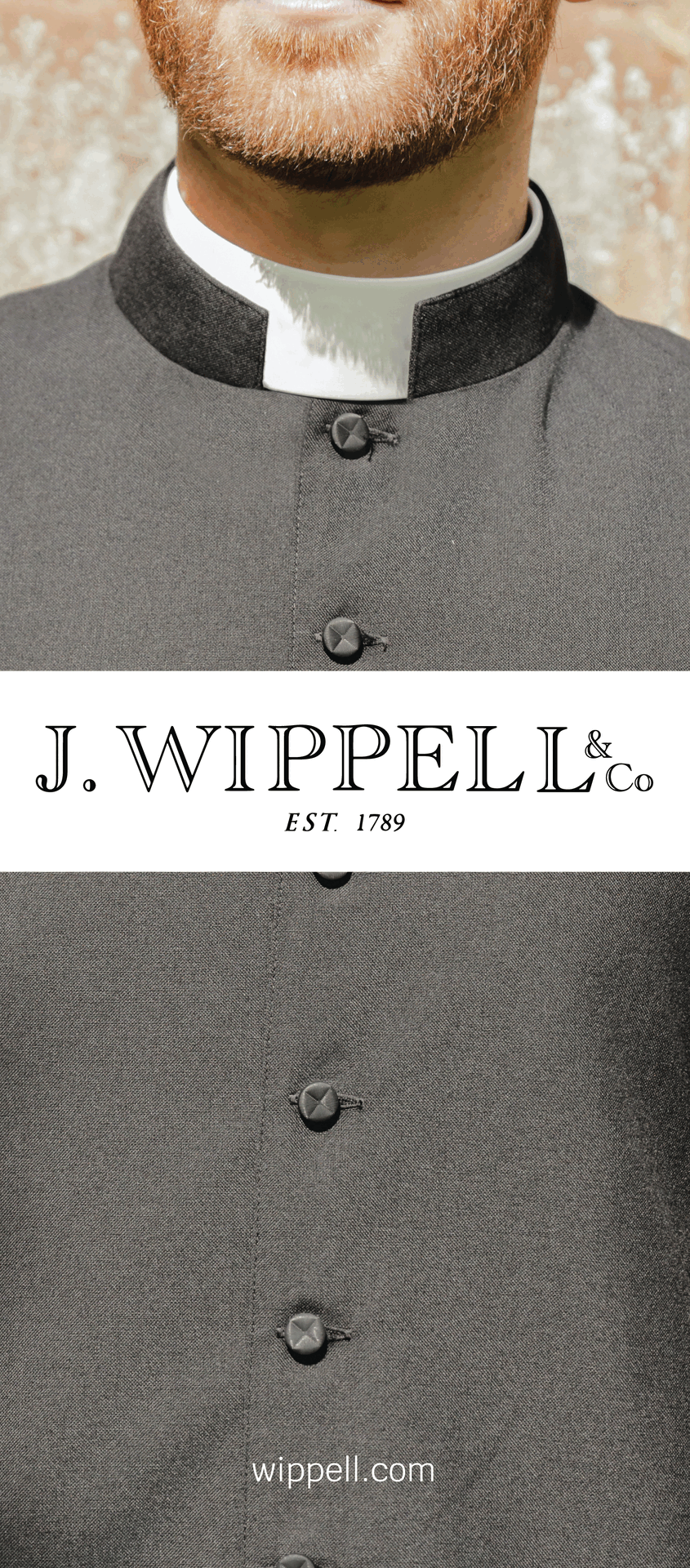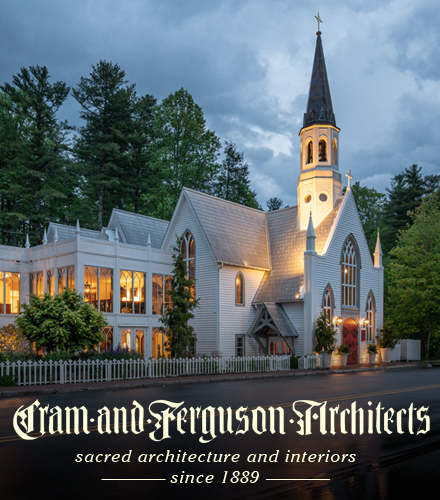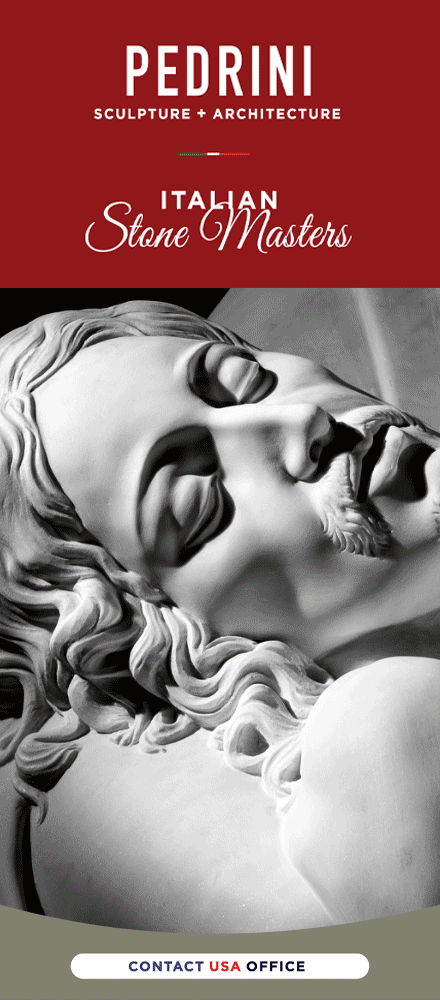Since we are still in Christmastide, I would like to share my favourite prayer to the Divine Infant. It is originally directed to the Santo Bambino, the Holy Infant which is venerated in the Roman church of Santa Maria in Aracœli. The name of this church comes from the ara cœli, the altar of heaven, which according to traditon Emperor Augustus erected here, on the site of the temple of Juno Moneta on the Capitoline Hill, to the Firstborn of God, after he received an apparation of the Blessed Virgin with the Child Jesus, which was interpreted to him by the Tiburtine Sibyl to signify the birth of the Redeemer, the Firstborn Son of God. The Santo Bambino is dearly beloved by the people of Rome. Whereas the original image, which was carved by a Franciscan Friar from oliven wood from Gethsemane, was sadly stolen in 1994 and never returned, and had to be replaced by a copy, veneration of this central image of Roman popular piety is unbroken. You can read more about it at this link. Here is the prayer:

Most lovable Lord Jesus, who didst become a little Child for us and willed to be born in a stable to deliver us from the darkness of sin, to draw us to Thee and to inflame us with Thy holy love, we adore Thee as our Creator and Redeemer, we bow before Thee and desire Thee to be our King and sovereign Lord, and we offer Thee, as a tribute, all the affections of our poor hearts.
Dear Jesus, our Lord and our God, vouchsafe to accept this offering, and that it may be less unworthy of Thee, pardon our sins, enlighten and inflame us with that holy fire which Thou didst bring upon earth to kindle in our hearts.
May our souls thus become an altar on which to offer to Thee the sacrifice of our mortifications and may we ever seek Thy greater glory here below so that one day we may come to enjoy Thy infinite beauty in Heaven. Amen.
Image taken from flickr.


